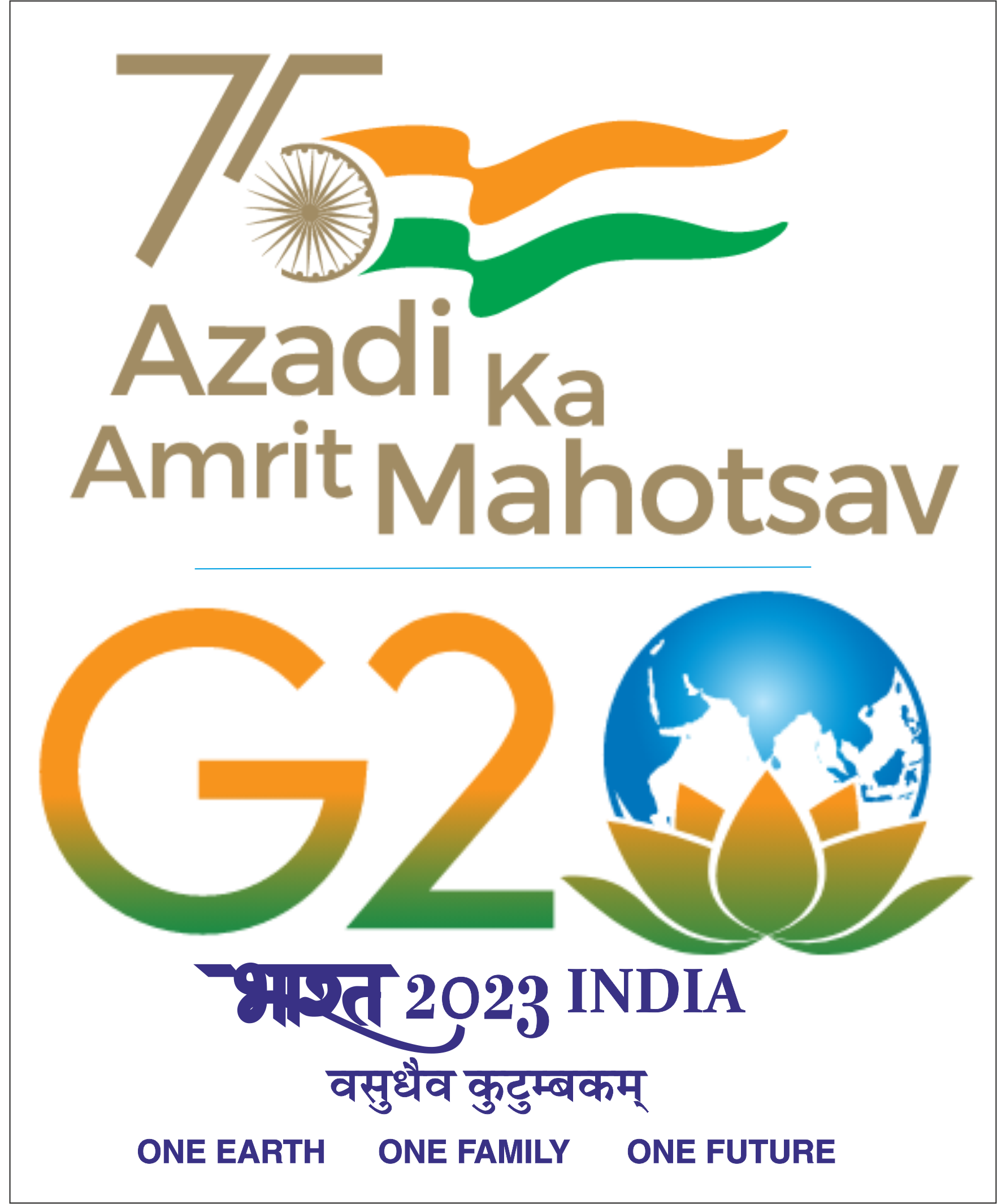Ms. Shamaila Fatima will present her APS as per the detail below:
Date: 27th February 2024 (Tuesday)
Time: 1500 – 1630 hrs.
Venue: CTARA Conference Room - 1
Title: Development of district drought monitoring and early warning system: A case study of Maharashtra State
Guide: Prof. Amit Arora
Co-guide: Prof Satish B. Agnihotri
RPC Members: Prof. Parmeshwar D. Udmale and Prof Sarthak Gaurav
Abstract:
Drought, intensified by climate change, affected over 35% of the global population between 2000 and 2019, becoming the second most common natural disaster worldwide. Its impacts extend to ecosystems, economies, and human livelihoods, particularly concerning water and food security. Presently, global water demand is projected to increase by 55% between 2000 and 2050, rising from 3500 to 5425 km3. World cereal equivalent (CE) food demand is expected to reach around 10,094 million tons in 2030 and 14,886 million tons in 2050, with India and China significantly contributing to this global food demand. The production of crops and livestock is water-intensive, with agriculture currently accounting for 70% of global water withdrawal. As food demand increases, so will the demand for land and water resources, highlighting the urgent need for sustainable water management practices. India, home to 18% of the world's population, heavily relies on rainfall for 70% of its total crop water needs, facing immense pressure to meet demands for water, food, and shelter. Sustainable agricultural practices are essential for ensuring food security, particularly in states like Maharashtra, Tamil Nadu, and Andhra Pradesh, where droughts have severely impacted agricultural productivity and rural livelihoods, emphasizing the need for resilient practices and effective water management strategies. In India, drought declaration is based on the steps defined in the Manual for Drought Management, 2016 by the Department of Agriculture and Farmers Welfare. The monitored key parameters include rainfall, crop sown area, satellite-based crop conditions, stream flow, groundwater levels, and reservoir levels, followed by ground truthing for drought assessment. In this approach, delayed relief and mitigation due to the timing of drought declarations (31st October for Kharif and 31st March for Rabi), limited real-time monitoring and forecasting mechanisms, and data availability are the major limitations. Dashboards like the India Drought Monitor and Maharashtra Drought Assessment Tool (MahaMADAT) offer district-level insights for monitoring, yet research gaps persist, emphasizing the need for more localized monitoring tools and improved modelling techniques for accurate drought forecasting.
Maharashtra has faced recurring droughts, with 66% of its land area affected in 2023, marking the fourth severe drought in the last decade. The state experiences drought approximately once every two to three years. Among the worst-hit districts are Jalna, Beed, Nandurbar, Aurangabad, Osmanabad, and Jalgaon. The drought situation in these areas have significantly impacted agriculture, water resources, and rural livelihoods, underscoring the state's critical need for long-term water management and drought mitigation plans. Osmanabad District, an aspirational district under the Government of India’s Aspirational District program, in particular, is highly vulnerable to drought, with 70% of its land relying on rainfall for agriculture. Recent data shows a concerning trend, with a significant 1.73-meter decline in groundwater levels. This decline, from 3.85 meters pre-monsoon to 5.58 meters post-monsoon, highlights the acute stress on water resources and enhances the district's vulnerability to drought. Additionally, between 1st June and 21st August 2023, the district experienced 61 rainless days out of 82. The region also witnessed 113 farmer suicides in 2023 due to crop failures.
In this background, the proposed study aims to improve drought preparedness at district levels by developing a framework for consolidating various data sources and developing an open-source drought monitoring and early warning system in Osmanabad District as a pilot case. The research objectives include identifying vulnerable talukas and developing a multi-source data-based, web-based drought monitoring and early warning system. However, the critical challenge to proposed research are the lack of high spatial and temporal resolution hydro-meteorological and socio-economic data available in near-real time. The research findings, including the working prototype of district-level monitoring and early warning system, are expected to assist government officials, policymakers, researchers and the local population in strengthening preparedness to droughts.





